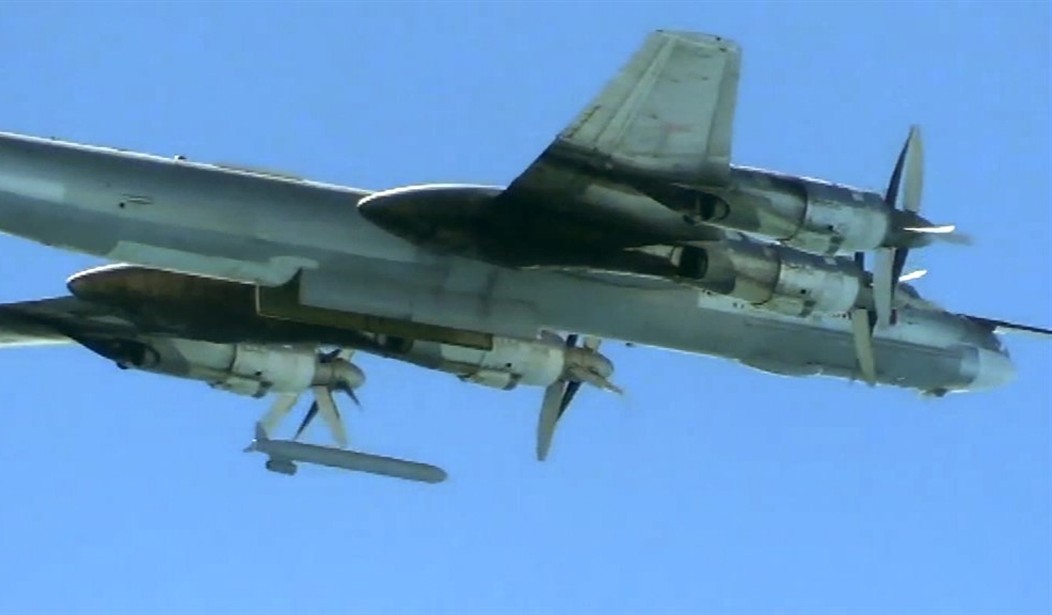Thursday, US intelligence officials leaked a classified assessment about the performance of Russian precision-guided munitions in the Ukraine invasion.
The United States assesses that Russia is suffering failure rates as high as 60% for some of the precision-guided missiles it is using to attack Ukraine, three U.S. officials with knowledge of the intelligence told Reuters.
The disclosure could help explain why Russia has failed to achieve what most could consider basic objectives since its invasion a month ago, such as neutralizing Ukraine’s air force, despite the apparent strength of its military against Ukraine’s much smaller armed forces.
The U.S. officials, who spoke on condition of anonymity due to the sensitivity of the information, did not provide evidence to support the assessment and did not disclose what precisely was driving high Russian missile failure rates.
One of the staples on social media accounts reporting from Ukraine has been the very high rate of cruise missiles that have failed to detonate.
Ukrainian Sappers Defuse Unexploded Warhead of Russian Cruise Missile (Video) | Defense Express https://t.co/Xx09BebiK4 pic.twitter.com/Tu4a4JKRoc
— DEFENSE EXPRESS (@DEFENSEEXPRESS) March 18, 2022
#russian dud missle stuck in kitchen in one of #ukrainian homes #Ukraine #Russia #war pic.twitter.com/jHQFnaAwMd
— Crimes Of War (@CrimesOfWarDoc) March 20, 2022
maybe they’re just drunk? pic.twitter.com/tBjrbclIJJ
— NoMoreMrNiceBlyler (@e_blyler) March 25, 2022
Problems with fuzing are not unknown. The most famous example of this is the Mark 6 exploder used in the Mark 14 and Mark 15 torpedoes of the US Navy until September 1943. The flaws of the exploder and the torpedo produced a dud rate of over 50% in the standard submarine torpedo. The problem was caused by the Navy weapons designers wanting to avoid the cost of a field trial.
Precision-guided munitions are essential in modern warfare. However, in Ukraine, the proliferation of air defense systems, particularly MANPADS, has made flight below 10,000 feet very unhealthy. By the same token, dropping gravity bombs from above 10,000 feet, given the skill level of the Russian Air Force, which flew eight hours per month before the war, is not much better than using a trebuchet.
If this report is accurate, it speaks to massive manufacturing and possibly engineering design problems in the Russian arms industry.













Join the conversation as a VIP Member